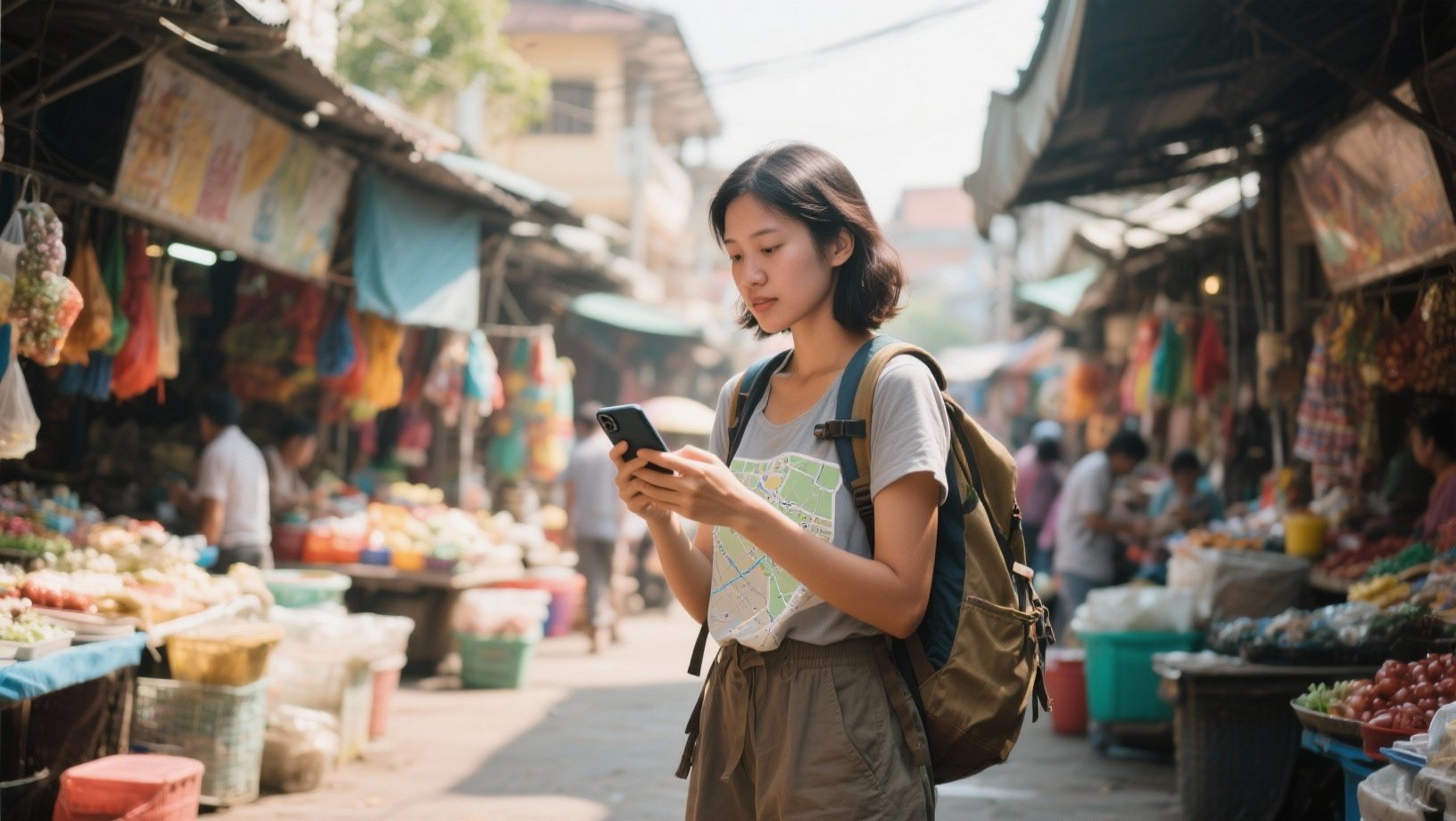The lure of solo travel is undeniable: the freedom to set your own itinerary, the chance for deep self-reflection, and the exhilarating challenge of navigating the world independently. However, venturing out alone, especially as a backpacker, brings a unique set of risks that require diligent preparation. Mastering essential Solo Backpacking Safety Tips is not about paranoia; it is about empowerment, ensuring that you can confidently handle emergencies and minimize vulnerability while embracing the joy of solitary exploration. A mindful traveler is a safe traveler, and preparation is the ultimate travel companion.
Pre-Trip Planning and Digital Security
The first rule of safety begins long before you leave home. Comprehensive planning is your most valuable asset. Research your destination’s political climate, common scams, and areas to avoid, especially after dark. Always create a detailed itinerary, even if you intend to deviate from it. The crucial step is sharing this itinerary with at least two trusted individuals back home, including copies of your passport, visa, and flight details. This measure ensures that someone knows where you are expected to be at all times, a critical factor should an emergency arise.
Digital security is also a fundamental aspect of Solo Backpacking Safety Tips. Never rely on a single device for all your essential documents and communication. Back up everything—photos, bookings, and identification—on a secure cloud service and an encrypted external drive. Use a Virtual Private Network (VPN) when connecting to public Wi-Fi networks in hostels or cafes to protect sensitive financial information. Additionally, utilize a separate travel debit or credit card with a low limit to minimize losses if your wallet is stolen, and inform your bank of your travel dates to prevent account freezing.
Accommodation and Transportation Tactics
Choosing safe accommodation is paramount for solo travelers. While hostels are excellent for meeting people, they can sometimes compromise security. When booking, look for hostels or guesthouses with secure lockers, 24-hour reception, and positive reviews specifically mentioning safety for solo travelers. A top Solo Backpacking Safety Tips for hostels is to use your own high-quality lock, as the ones provided are often cheap and easily broken. When staying in hotels or Airbnbs, never mention you are traveling alone to strangers. You can use a secondary door wedge alarm for added security, a small, inexpensive device that offers peace of mind.
Transportation requires diligence, particularly in unfamiliar cities. Whenever possible, use licensed taxis or reputable ride-sharing apps, and always check that the license plate matches the app details before getting in. During long-haul bus or train journeys, keep your backpack close or use a cable lock to secure it to the luggage rack. When navigating public transport, try to avoid looking lost; use offline maps to appear confident, and choose seats near the driver or other families. A key survival tactic is to always have local currency in small denominations tucked away in an accessible, secondary pocket, ready for quick, small purchases or emergencies.
Personal Security and Situational Awareness
Situational awareness is the cornerstone of Solo Backpacking Safety Tips. This means staying fully engaged with your environment rather than being constantly glued to your phone. Thieves look for distracted targets. Avoid walking with headphones in both ears, especially at night, as this severely diminishes your ability to hear approaching threats. Trust your intuition; if a place or a person makes you feel uneasy, leave immediately. It is always better to be momentarily awkward than to remain in a potentially dangerous situation.
Carrying a personal safety alarm or a whistle is a simple but effective defense mechanism. These devices draw attention quickly and can deter attackers. Furthermore, be discreet with your valuables. Don’t flash expensive jewelry, cameras, or large sums of cash. Use a money belt or a neck wallet worn under your clothes for passport and large cash reserves. Keep only a day’s worth of spending money in your regular wallet. Learning a few key phrases in the local language—such as “Help,” “Police,” and “Thank you”—can also be invaluable in a crisis situation, opening lines of communication with locals.
Health, Hydration, and Mindful Consumption
Survival is also about maintaining physical and mental health. Fatigue and dehydration lead to poor decision-making, which can quickly compromise your safety. Always prioritize rest and ensure you drink enough water, especially in hot or high-altitude environments. When accepting drinks or food from strangers, exercise extreme caution. Never leave your drink unattended in bars or restaurants. This is one of the most basic, yet essential, Solo Backpacking Safety Tips for nightlife.
Pack a comprehensive, yet compact, first-aid kit tailored to your destination, including necessary prescription medications and a basic course of antibiotics (consult a doctor). Learn basic wound care. Moreover, understand the local healthcare system and carry proof of comprehensive travel insurance. Knowing where the nearest reputable clinic or hospital is located, especially when venturing into remote areas, is a non-negotiable part of survival preparation. Maintaining a healthy state of mind and body allows you to react quickly and effectively to any challenge the road throws at you.


